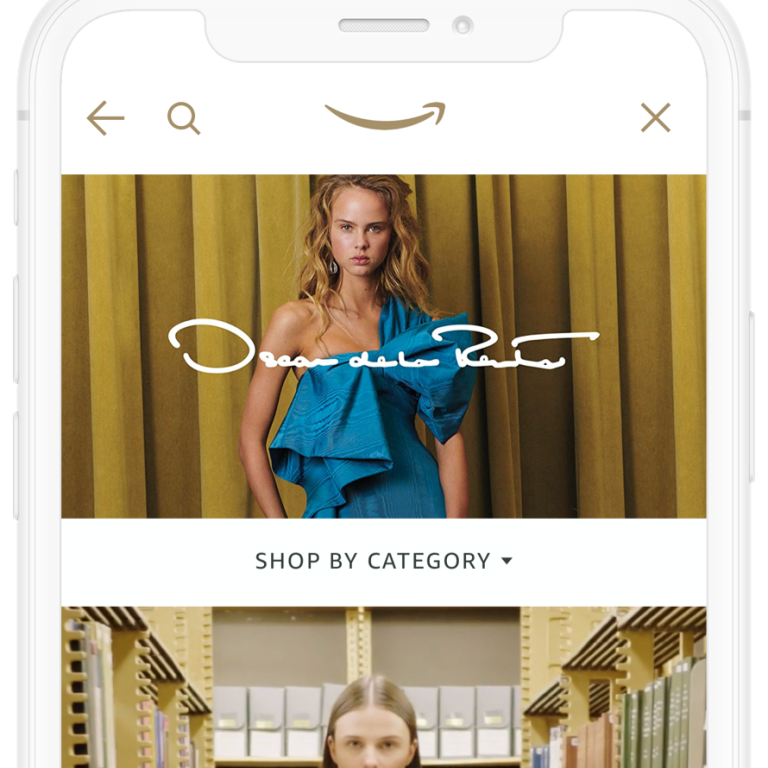
Will Amazon’s Luxury Stores, without LVMH, Kering or Richemont – yet – ever become a go-to destination for high-end shoppers?
- Luxury Stores is Amazon’s latest effort to breach the luxury market, with Oscar de la Renta, Altuzarra and Roland Mouret among early participants
- Brands control the pricing and product assortment, while reviews are not currently used, helping brands maintain control of the perception of each garment
Oscar de la Renta, a brand that is a regular on red carpets and a mainstay of posh department stores, has just turned up somewhere decidedly less opulent: Amazon. Online retailer Amazon recently launched Luxury Stores, its latest effort to become a go-to destination for designer goods.
Select Prime members can access a new section of Amazon’s app that showcases US$2,790 handbags and US$8,990 gowns. Oscar de la Renta is among the early brands to participate, along with Altuzarra and Roland Mouret, maker of the close-fitting Galaxy dress beloved of celebrities.
While Amazon under CEO Jeff Bezos has successfully muscled its way into just about every category of retailing, luxury has remained difficult for the e-commerce giant. High-end brands have been hesitant to put their wares on a marketplace that sometimes has counterfeit versions of their goods.
They’ve also worried that it does not feel terribly luxurious for their US$1,000 jackets to be in a digital shopping trolley alongside dish detergent and extension cords.
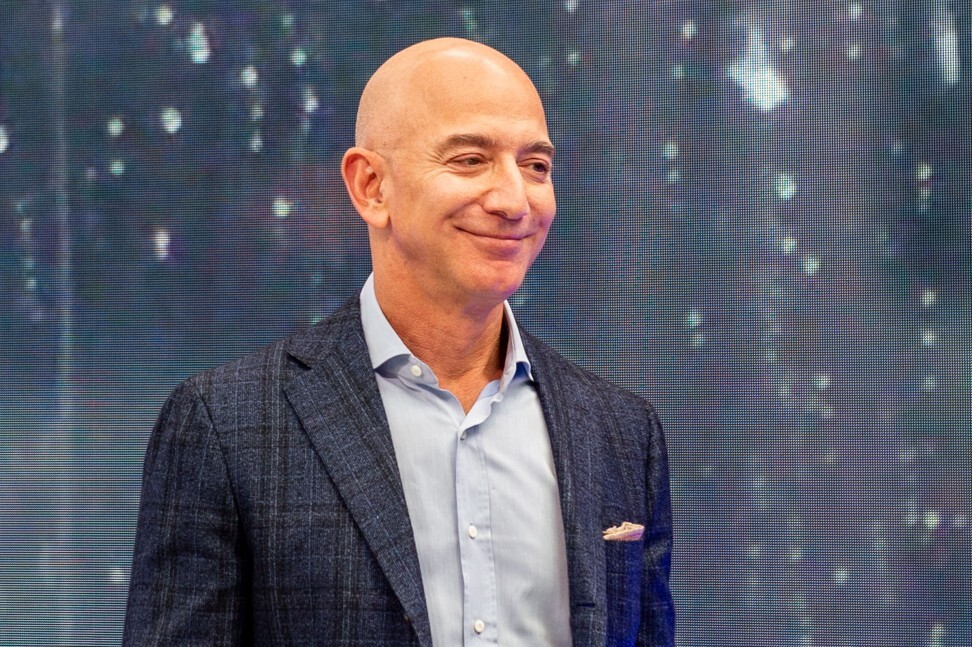
This time, though, Luxury Stores is arriving amid a pandemic that has rattled shopper routines and brand strategies. If Amazon can’t get traction at this opportune moment, it might never be able to do so in this category – at least not on its own.
As part of its pitch, Amazon is giving luxury brands control over pricing and product assortment. That gives these labels incentive to try the new platform just as the old way of doing business is clearly crumbling.
Why American teens love the Chinese fast-fashion retailer Shein
Some of the luxe set’s long-time luxury-department-store partners are disappearing or on shaky ground. Barneys New York began liquidating even before the arrival of Covid-19. Nordstrom has since closed 16 of its department stores, while Neiman Marcus Group filed for bankruptcy in May, emerging only last month. While Lord & Taylor wasn’t much of a luxury destination by the time of its recent liquidation, its collapse sent warnings about what could befall other department stores.
It also helps that, earlier in the pandemic, Amazon partnered with Vogue and Council of Fashion Designers of America on a digital storefront that was meant to give a boost to independent designers who had been rocked by the crisis.
Now that industry kingmaker Vogue has effectively given Amazon its blessing, perhaps that offers permission for luxury brands to do the same.
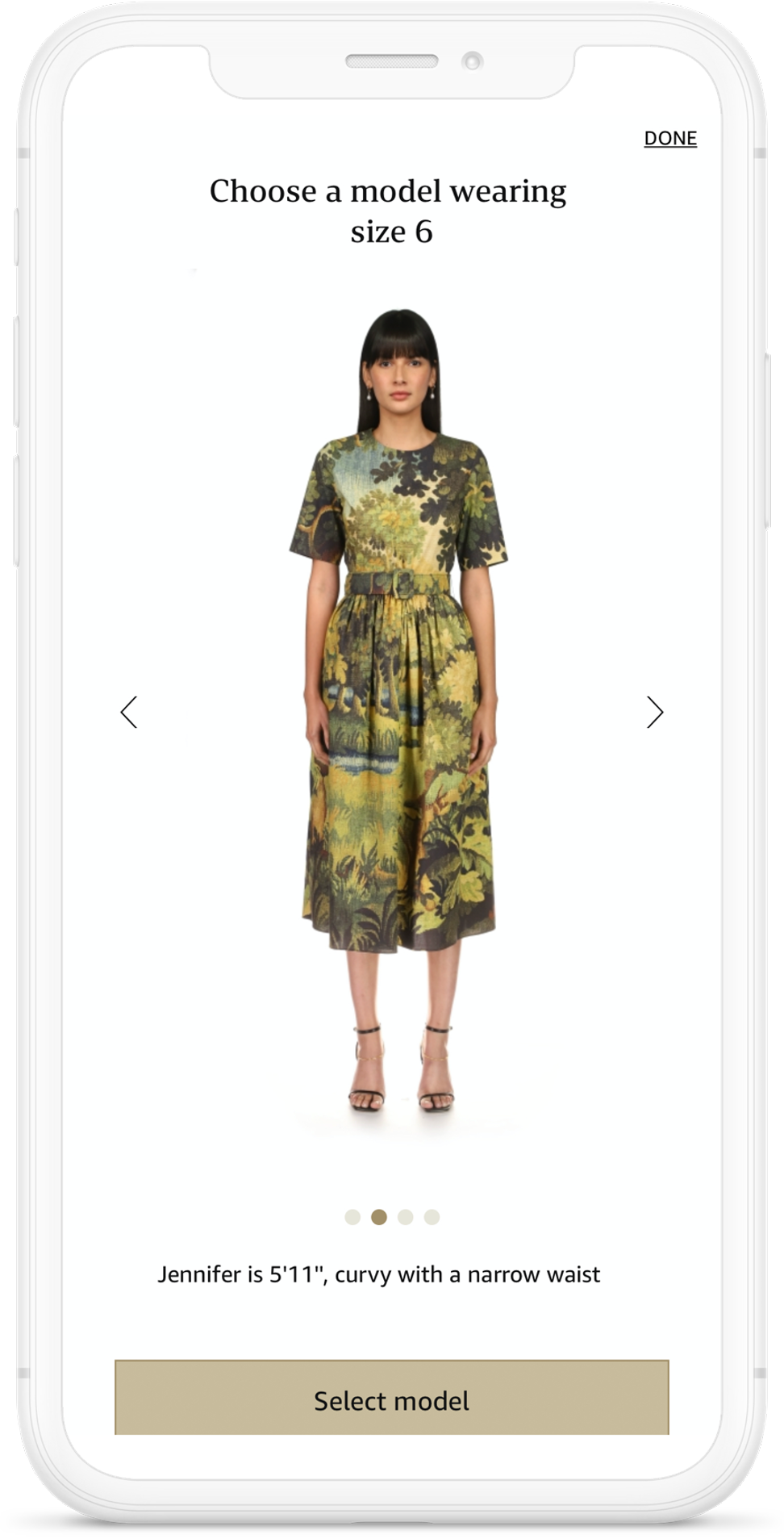
Luxury Stores will only be as good as the brands that participate, though, and Amazon’s past efforts to court marquee brands haven’t always gone well. Nike piloted selling some goods on the site, only to pull the plug in 2019. So far, the new platform does not feature any labels that are owned by industry titans LVMH, Kering or Richemont – a pattern that, if continued, will make it difficult for Amazon to get credibility with luxury shoppers.
For this group, the shopping mission isn’t about needs. It is about wants – to fit in and to feel good. Even the language of selling luxury is different. It is clear from Luxury Stores’ shop-in-shop set-up that Amazon understands it must bend to those realities. The photos, videos and product pages have a curated feel that differs from the retailer’s typical, online-garage-sale vibe.
Product reviews, a hallmark of the main Amazon site, are not currently used, helping brands maintain control of the perception of each garment.
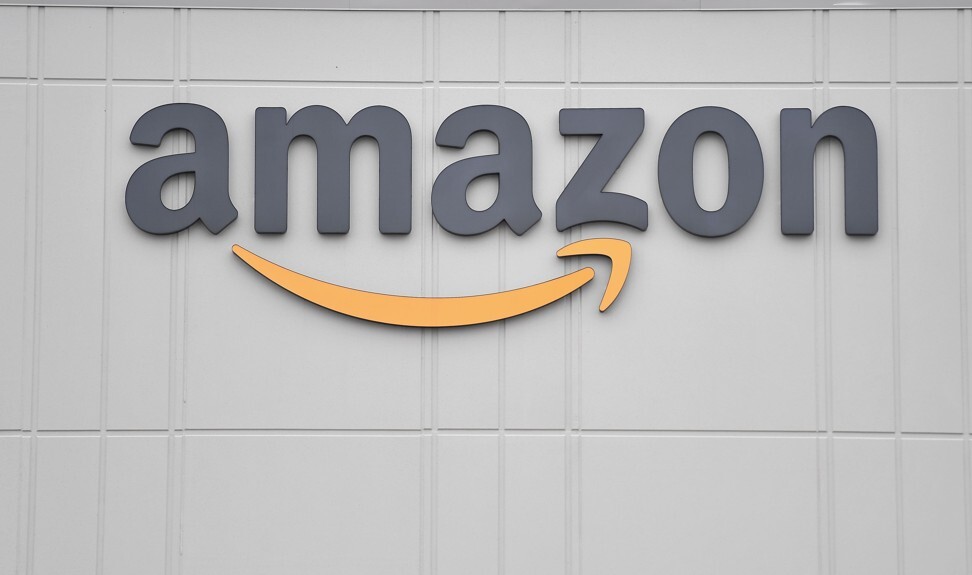
The luxury section also has a new tool that allows shoppers to see certain garments in 360-degree detail, worn by several women of varying sizes and body types. This is something that many will find legitimately helpful, and a differentiator from rivals.
Amazon also should be worried that brands could use it as a short-term Band-Aid, not a long-term solution.
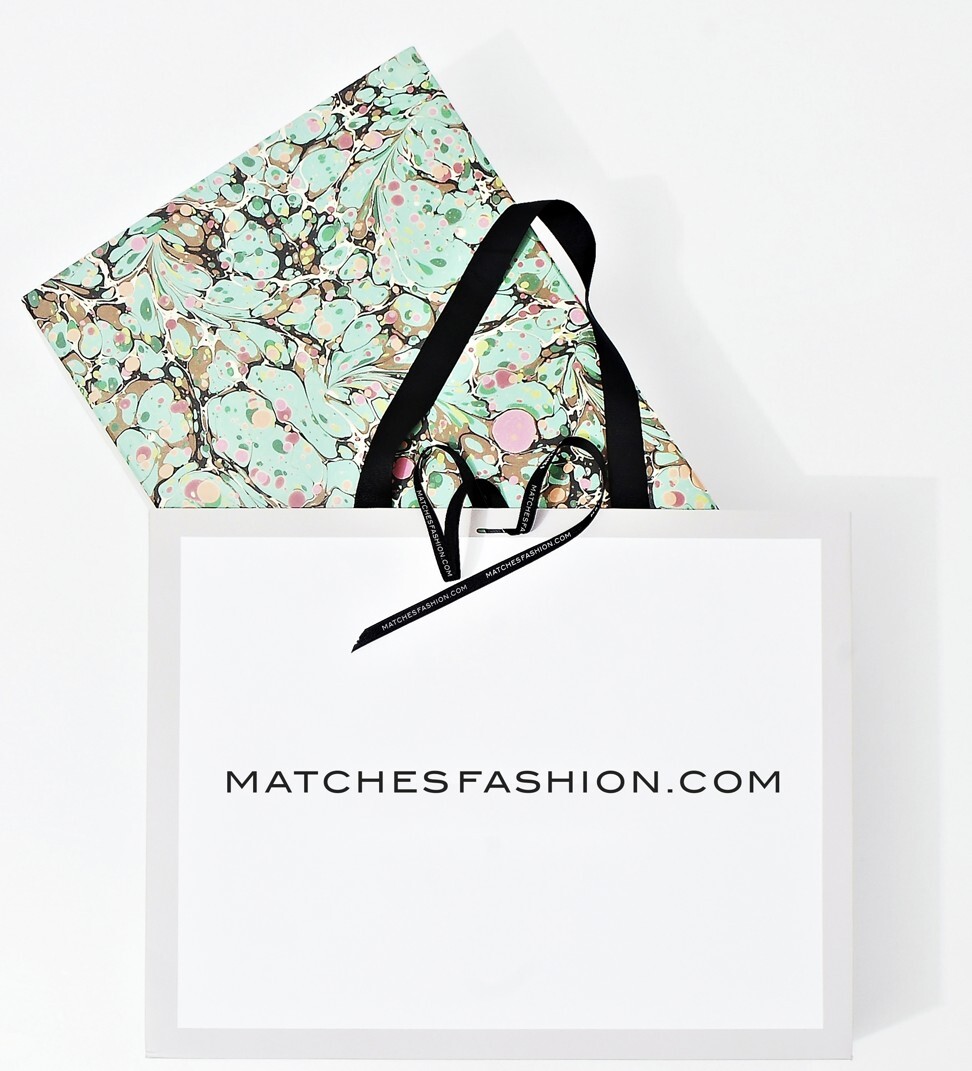
Matthew Woolsey, former Net-a-Porter managing director, points out that luxury flash-sale site Gilt was able to get traction during the 2008-09 economic downturn in part because upscale brands were stranded in an “inventory purgatory” with a glut of product they badly needed to unload. That dynamic eventually dissipated.
Of course, Amazon is a much more formidable retail beast than Gilt. But now that another moment of economic calamity is here, it’s possible luxury brands repeat that pattern, simply turning to Amazon out of desperation and retreating from the platform when things get better.
If Luxury Stores fails to establish Amazon as a bling king, the online juggernaut should consider an acquisition as a way to get there. Yoox Net-a-Porter, which operates Net-a-Porter, would be the most obvious purchase. If its owner, Richemont, were to be bought or merge – as has been rumoured occasionally – it could come up for sale.
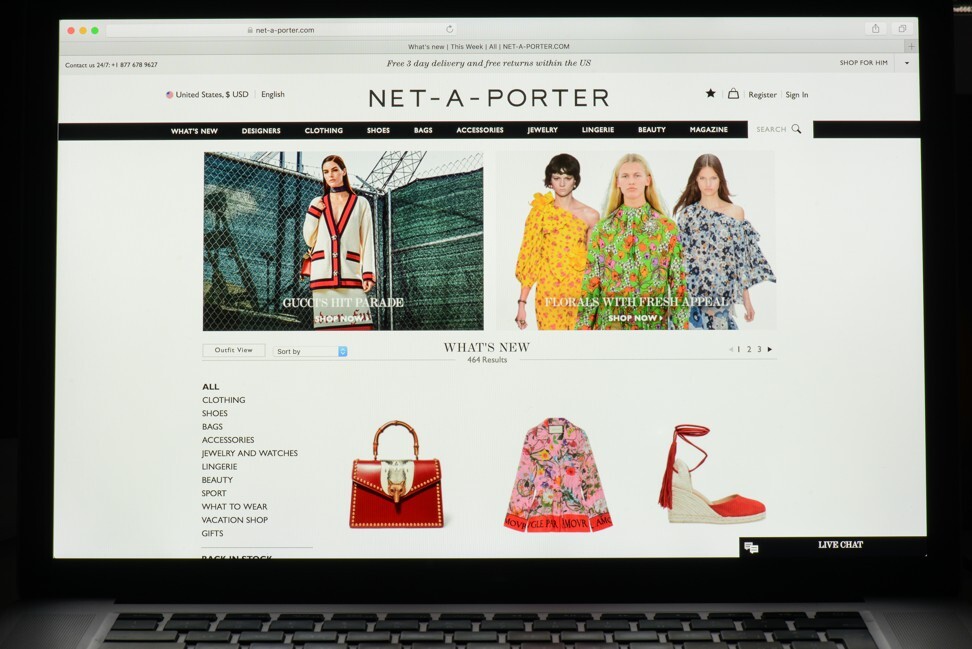
The platform was valued at US$6 billion when Richemont acquired the 50 per cent it did not own almost three years ago, a sum that represents little more than a rounding error for Amazon.
And even though the unit of which Yoox Net-a-Porter is a part lost money last year, Amazon would likely look past that; the site’s valuable relationships with big brands and experience providing service to demanding clients would be the draw.
An alternative could be Matches fashion, whose biggest market is the US. Funds advised by Apax Partners acquired a majority stake three years ago, valuing the business at about US$1 billion. It is now approaching the time frame when private equity investors typically seek an exit. The online retailer has also appointed a new chief executive, Ajay Kavan, and a new chief operating officer, Jason Weston, both from Amazon.
For now, though, Amazon should focus on lining up heavy-hitter designers and piling on the lavish editorial content to try to make Luxury Stores a must-visit. The pandemic-related flurry of shopper and brand recalibration will not last forever. This might be its last, best chance.

